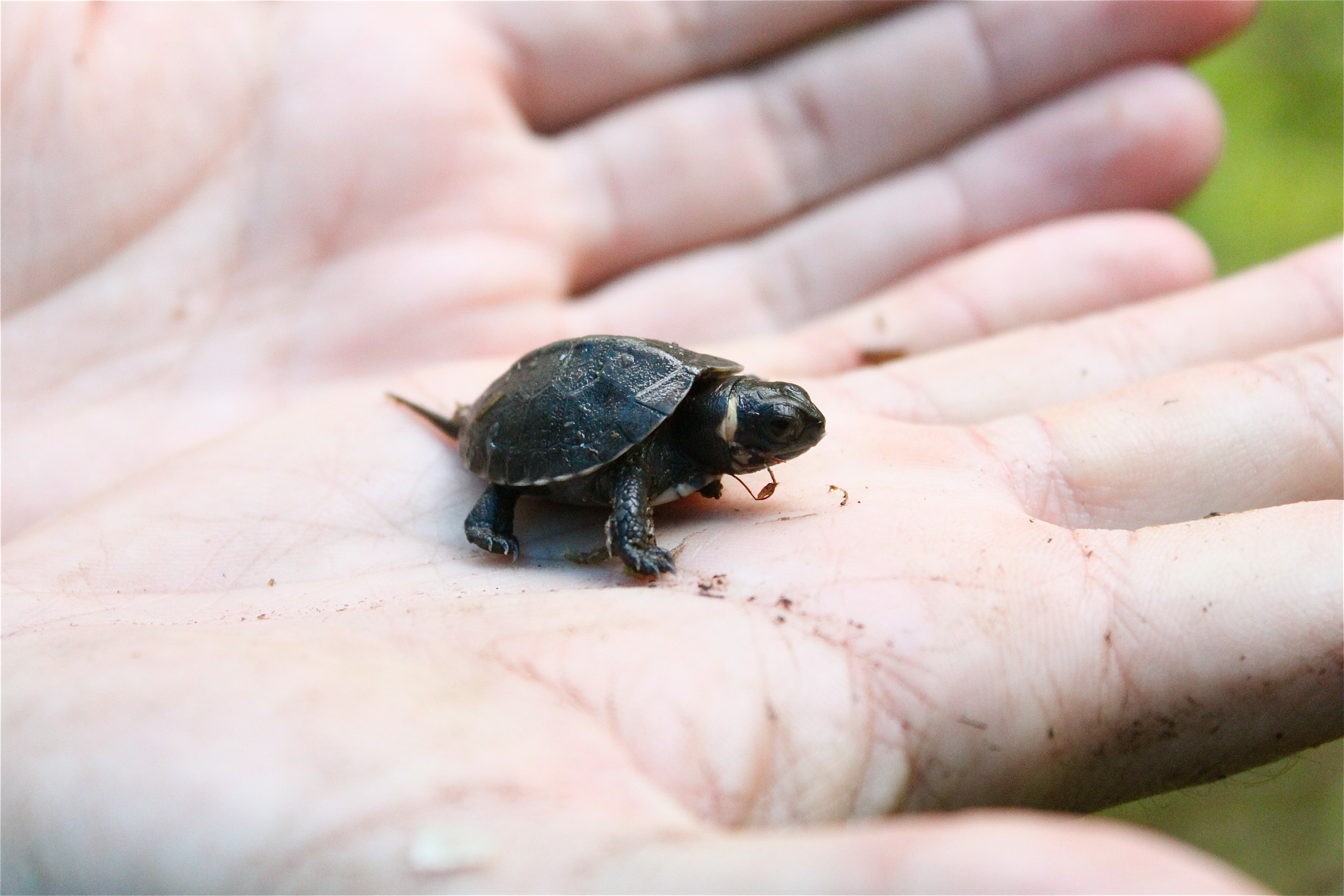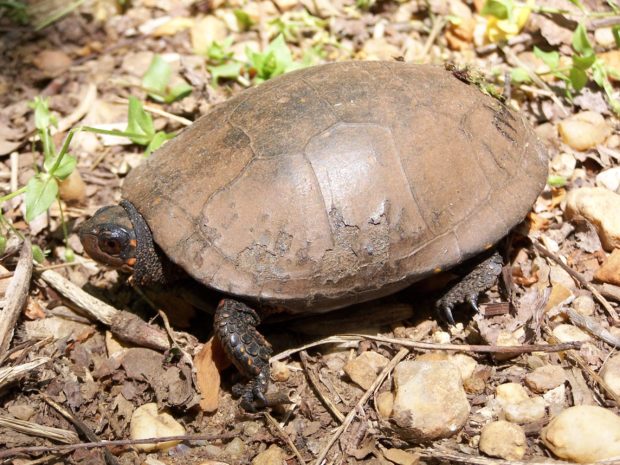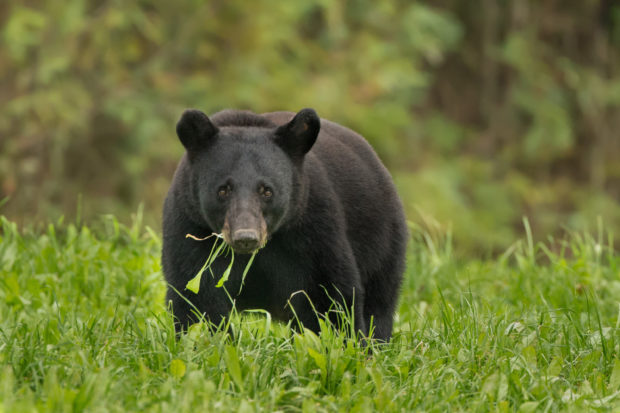We have much more to do and your continued support is needed now more than ever.
Scientists Call Attention to Biodiversity Zone
US’ Top Ecologists and Biologists Urge EU to Protect Wildlife with Biomass Safeguards

In a letter released today, 27 leading U.S. scientists called on the EU to implement safeguards on the EU’s new Renewable Energy Directive to ensure that biomass sourcing from forests in the U.S. Southeast does not endanger wildlife and biodiversity. This species rich part of the U.S., known as the North American Coastal Plain, was recognized in 2016 as a global biodiversity hotspot.[1] As such, the scientific community is calling on the EU to adopt measures to ensure the sustainability of the biomass that it procures, much of which comes in the form of wood pellets from the Southeast U.S. They point to several ways the EU can protect biodiversity in their biomass policy, including not ramping up demand, identifying highly biodiverse or at-risk ecosystems, and protecting sensitive species and habitat. Below are some of the renowned wildlife of the Southeast at risk.
Bog turtle

The bog turtle, at just 10 cm (4 in), is undeniably one of the most endearing wetland species. It is the smallest North American turtle and typically spends its day basking in the sun or burrowing in mud. Significant population decline has led the federal government to list the bog turtle as threatened and protect it under the Endangered Species Act.[2] [3]
Bobwhite quail

The bobwhite quail is known for its distinctive calls, which is said to sound like “bob-white”. As it sings, the pitch rises an octave between syllables. This species is endemic to much of the eastern United States, but habitat degradation has largely contributed to a population decline of roughly 85%.[4] [5]
Louisiana black bear

The Louisiana black bear has been considered a true success story of conservation. Having been listed as Endangered after 80% of its habitat had been modified or destroyed, efforts to restore habitat has helped recover the population. In 2016, the Fish and Wildlife Service removed the Louisiana black bear’s endangered status due to recovery efforts, although it is still listed as endangered in the state of Mississippi. The range of this black bear includes eastern Texas, Louisiana, and western Mississippi, areas from which biomass is being sourced for EU use.[6] [7]
Tweet the European Parliament. Tell them to protect biodiversity in US Forests.
Twenty-seven top scientists call on @Europarl_EN to #ImproveBiomass and protect #biodiversity hotspot in the US. Reforming EU policy could preserve US #forests and protect threatened #wildlife. @EUClimateAction @EU_Commission
Letter: https://t.co/obxPJraPJW pic.twitter.com/vdSnhITIpI— National Wildlife Federation Action Fund (@wildlifeaction) January 8, 2018
———————————————————————————————————————————————————–
[1] Critical Ecosystem Partnership Fund. 2016. The North American Coastal Plain recognizes as the world’s 36th biodiversity hotspot. http://www.cepf.net/ourstories/Features/Pages/The-North-American-Coastal-Plain-Recognized-as-the-Worlds-36th-Biodiversity-Hotspot.aspx#.WlN-f66nHIU
[2] North Carolina Wildlife Resources Commission. 2006. Bog Turtle Fact Sheet.
http://www.ncwildlife.org/Portals/0/Conserving/documents/nongame_bogturtle_hires.pdf
[3] Shiels, A. 2007. Bog Turtles – Slipping Away. Pennsylvania Fish & Boat Commission. https://www.webcitation.org/5sNAmXhBt?url=http://www.fish.state.pa.us/education/catalog/bogturtle.pdf
[4] Academic Dictionaries and Encyclopedias. Northern Bobwhite. http://enacademic.com/dic.nsf/enwiki/11562029
[5] All About Birds. Northern Bobwhite, Colinus virginianus. Cornell Lab of Ornithology. https://www.allaboutbirds.org/guide/Northern_Bobwhite/lifehistory
[6] Fish and Wildlife Service. Louisiana black bear, Ursus americanus luteolus. https://www.fws.gov/southeast/wildlife/mammals/louisiana-black-bear/
[7] Mississippi Department of Wildlife, Fisheries, and Parks. Black Bear Program. https://www.mdwfp.com/wildlife-hunting/black-bear-program/





















